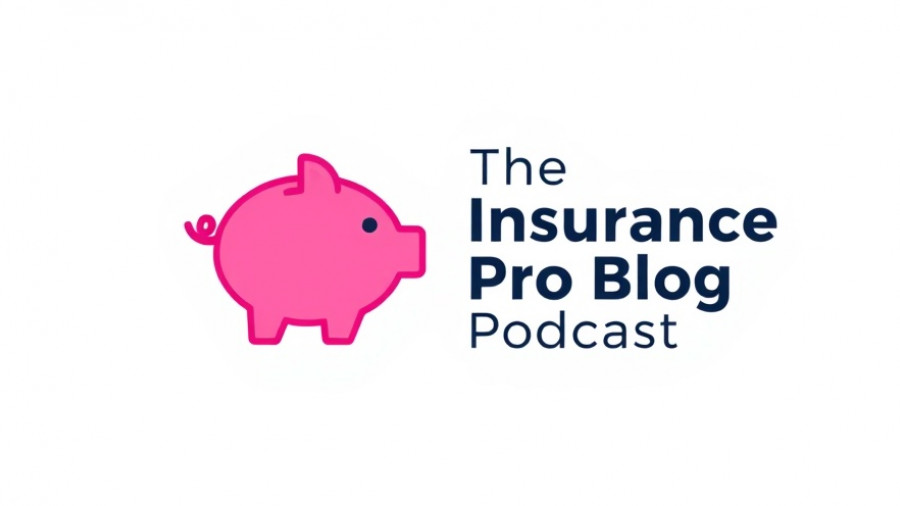
Rethinking Whole Life Insurance Candidates
When it comes to financial planning, the world of whole life insurance is often clouded by misconceptions. A common perspective among financial advisors posits that whole life insurance should primarily cater to risk-averse individuals who have already maximized their contributions to retirement accounts like 401(k)s and IRAs. However, this traditional viewpoint may overshadow a more nuanced understanding of who really benefits from whole life insurance.
Stop Following Conventional Wisdom
In the latest analysis from the Insurance Pro Blog Podcast, experts unveil that the ideal candidates for whole life insurance go beyond just conservative savers. Instead, what seems to matter more are distinctive behavioral traits and foundational financial health. Individuals who actively build their wealth, rather than simply guarding it, are often the best suited for this financial strategy. Their cash flow consistency is pivotal, showcasing that these investors tend to have a strong savings habit — typically maintaining a portfolio allocation where whole life insurance comprises just 10-20% of their assets.
Moreover, it’s crucial to recognize that you don’t need significant tax concerns to reap the benefits associated with life insurance. Contrary to popular belief, the cash value within such policies can serve to bolster wealth — not merely preserve it. This paradigm shift invites families and wealth builders to rethink their insurance planning strategies.
Characteristics of Effective Whole Life Insurance Candidates
To illustrate these principles, it's beneficial to explore the critical characteristics of successful whole life insurance buyers:
- Wealth Foundation: Those who embark on building wealth with structured paths tend to engage more fruitfully with whole life insurance. A solid savings framework often translates into a higher likelihood of policy success.
- Consistent Savings Patterns: Individuals with a history of regular savings find the structure of whole life policies appealing, as they reinforce discipline and financial resilience.
- Long-Term Planning Mindset: Buyers who consciously align their insurance strategies with long-term goals and generational wealth implications are most effective, as whole life insurance often seeks to support these ideals.
Weighing Risks in Life Insurance Decisions
One of the glaring challenges faced by people living paycheck to paycheck — regardless of income — is their struggle to engage meaningfully with whole life insurance. For those without sufficient cash reserves, committing to premiums could become a financial burden, hindering their financial agility. Thus, the emphasis on prudently ensuring adequate cash reserves before venturing into life insurance as a wealth vehicle cannot be overstated. The stakes are high, and miscalculations can lead to unforeseen consequences.
The Predictive Future of Life Insurance
The evolving landscape of whole life policies focuses on the untapped potential within middle-class families who prioritize financial growth over mere asset preservation. As financial literacy increases, it’s likely we will see a broader acceptance of life insurance as a legitimate tool for long-term wealth accumulation. The whole life approach could transform into a staple strategy, promoting proactive financial health among wealth-builders.
Empowering Financial Clients through Insights
For professionals tasked with guiding customers through complex financial waters, understanding who should consider a whole life insurance policy is cornerstone knowledge. Adopting a tailored approach to insurance planning not only empowers families — it underscores the value of crafting personalized financial strategies.
If you believe you resonate with the characteristics of an ideal whole life insurance candidate, don’t hesitate. Engaging with an experienced financial advisor can illuminate the pathway to potentially unlocking significant benefits associated with this strategic investment.
 Add Row
Add Row  Add
Add 




Write A Comment